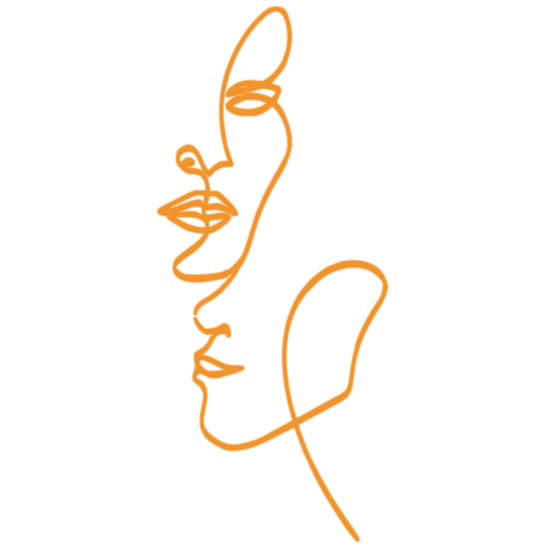Sclerotherapy involves injecting a solution directly into the vein. The sclerotherapy solution causes the vein to scar, forcing blood to reroute through healthier veins. The collapsed vein is reabsorbed into local tissue and eventually fades.
After sclerotherapy, treated veins tend to fade within a few weeks, although occasionally it may take a month or more to see the full results. In some instances, several sclerotherapy treatments may be needed.
Sclerotherapy is a minimally invasive procedure that treats varicose veins and spider veins. It involves injecting chemicals, known as sclerosing agents, into damaged veins.
In addition to diminishing the appearance of varicose or spider veins, sclerotherapy can also reduce pain or side effects caused by damaged veins.
Varicose veins can cause itching, pain, cramping, and discoloration. Spider veins are smaller and less severe than varicose veins. Varicose veins are more common in women than in men, although anyone can get them.
The affected veins may be raised, discolored, or swollen, and some are deeper under the skin and can cause discomfort. Spider veins are smaller in size, closer to the surface of the skin, and can appear red, purple, or blue.
More rarely, sclerotherapy may be used to treat hemorrhoids. Sclerotherapy for the treatment of hemorrhoids is typically used when the hemorrhoids are smaller and external. It can also be used when the hemorrhoids bleed or when you can’t risk a surgical procedure such as a hemorrhoidectomy due to other health concerns.
Depending on the size of the damaged veins, sclerotherapy can be used to treat varicose and spider veins in the following areas: thighs, calves, ankles, feet, face (frequently the sides of the nose) & anus.

